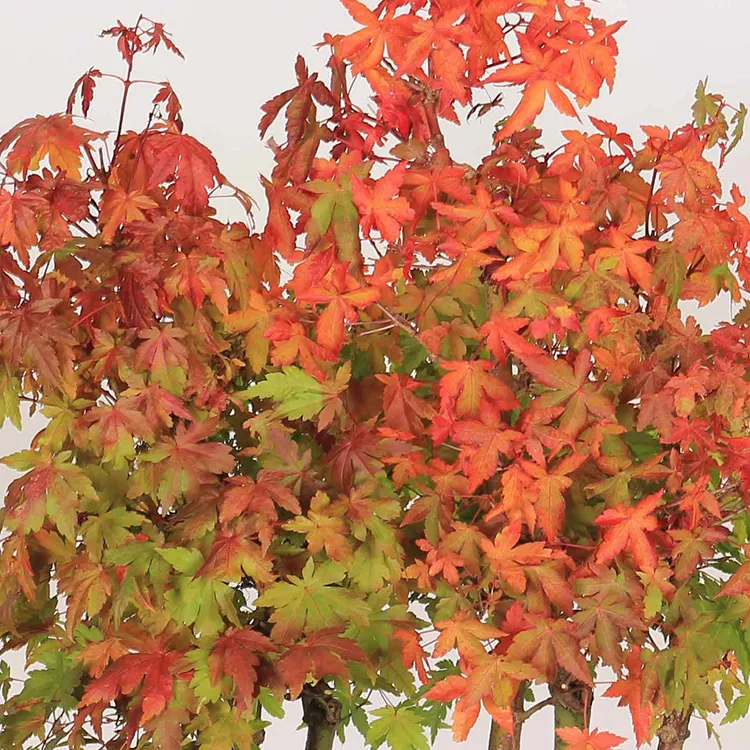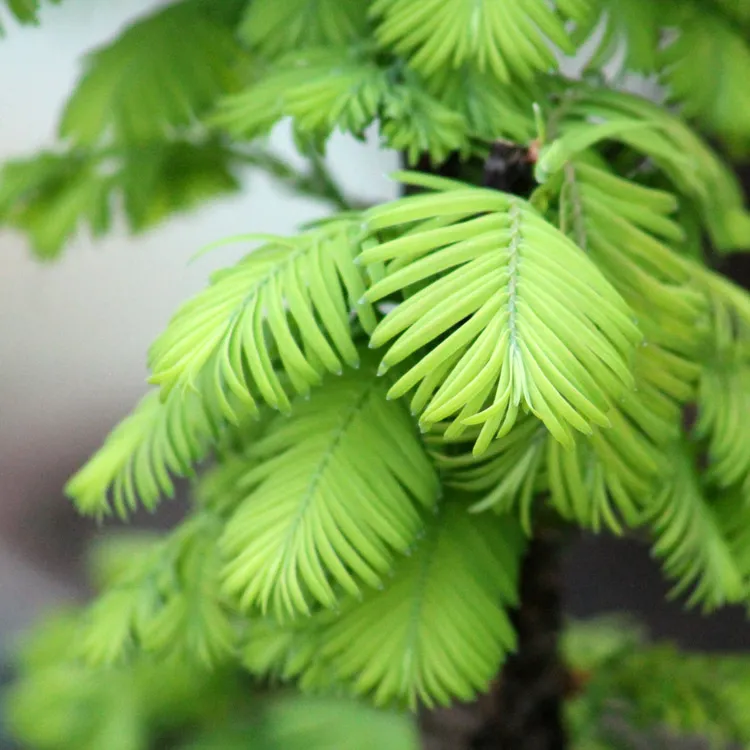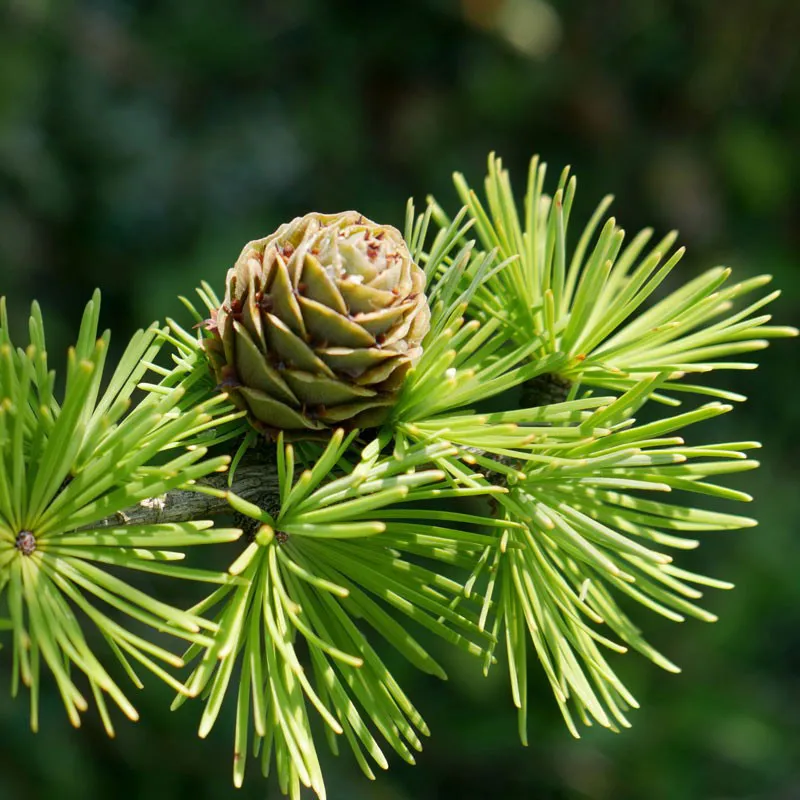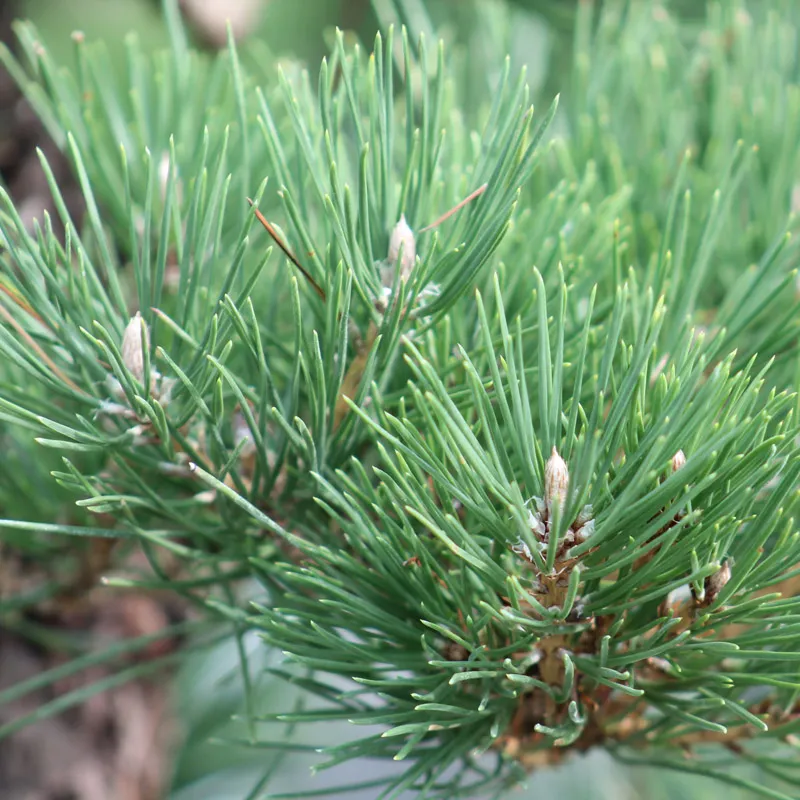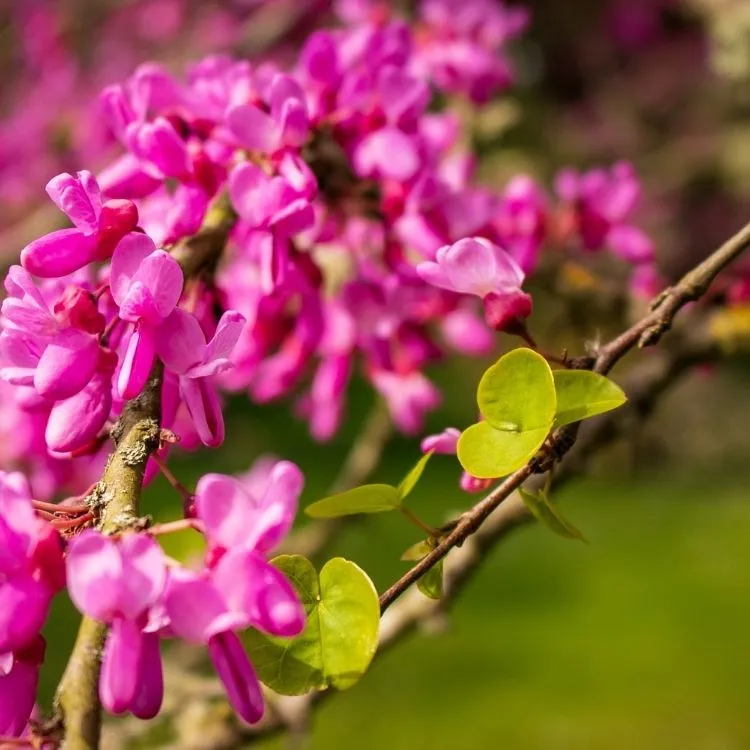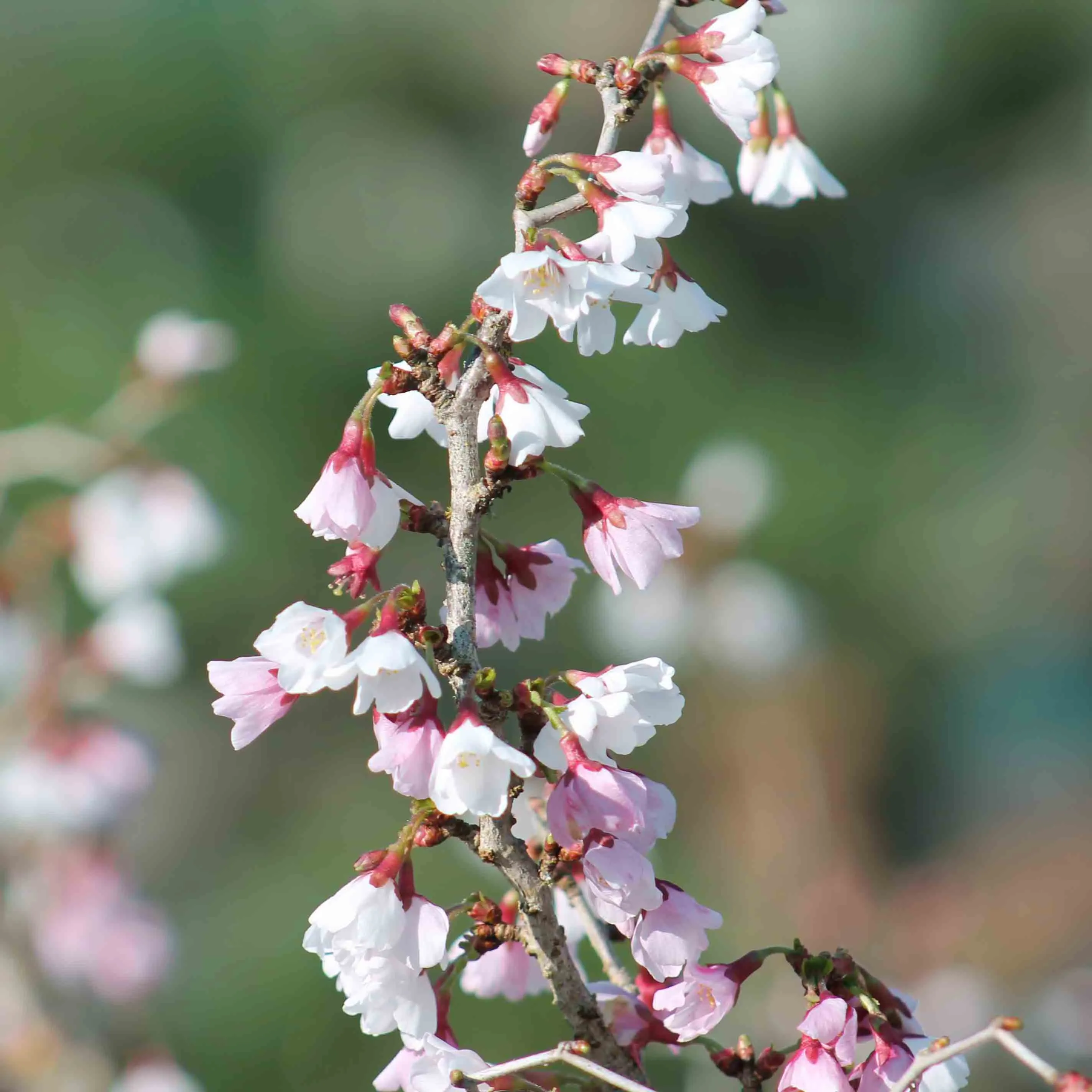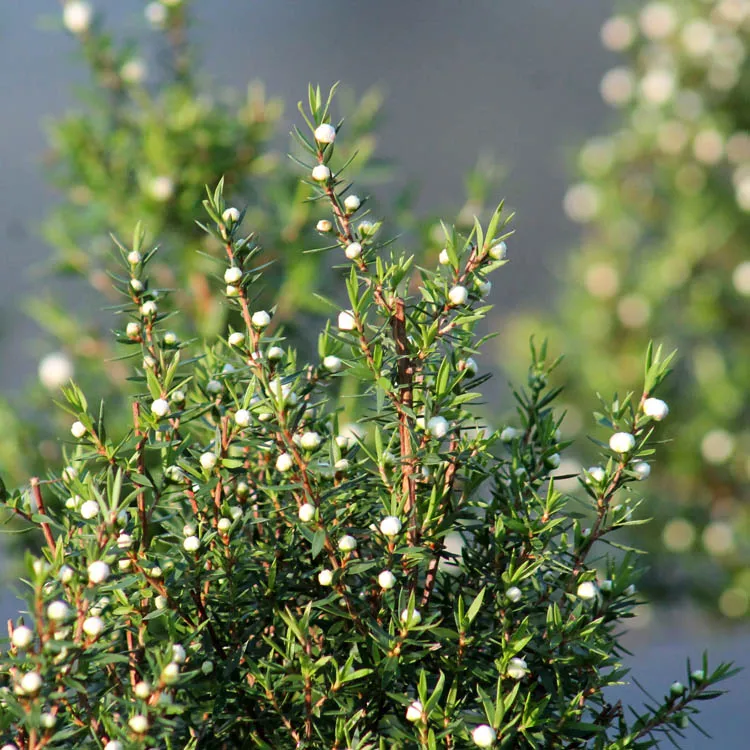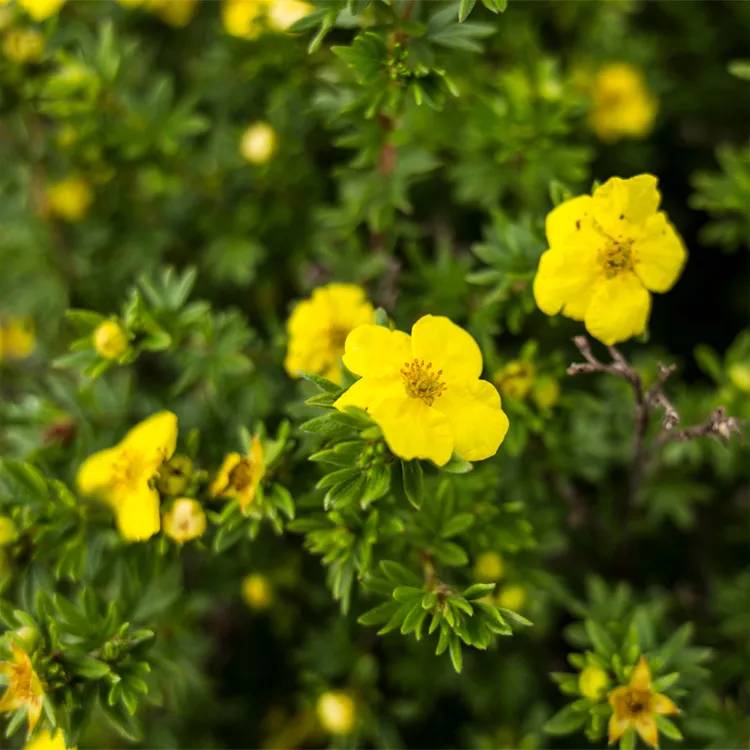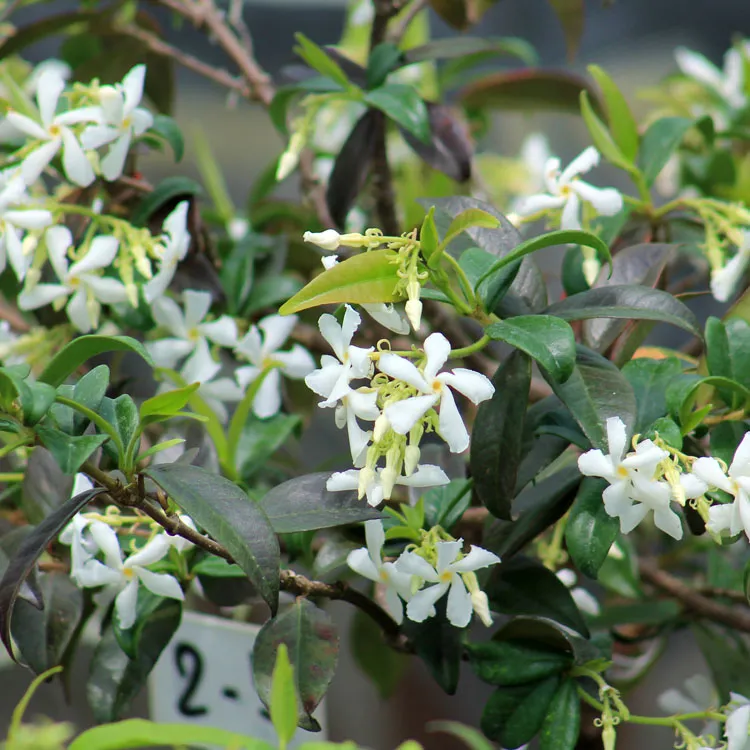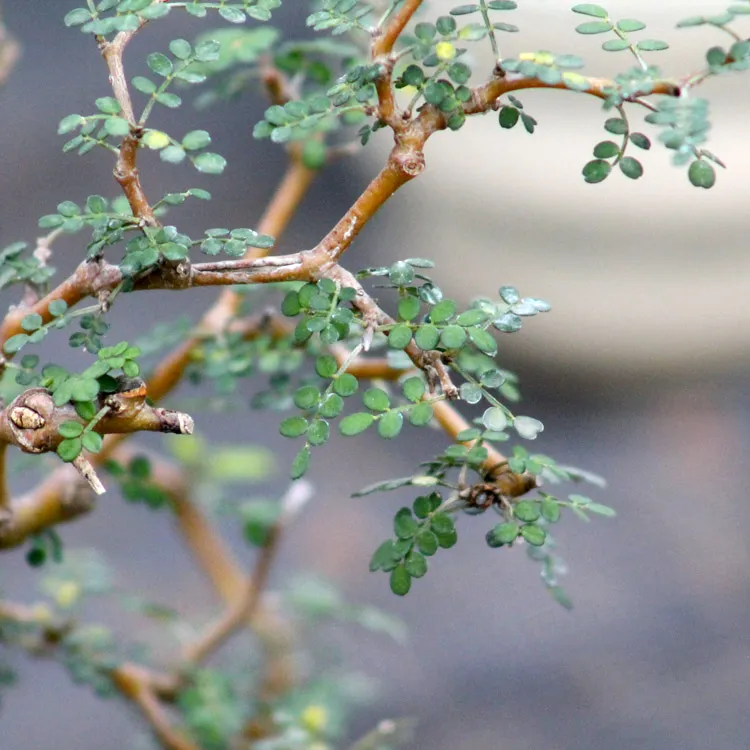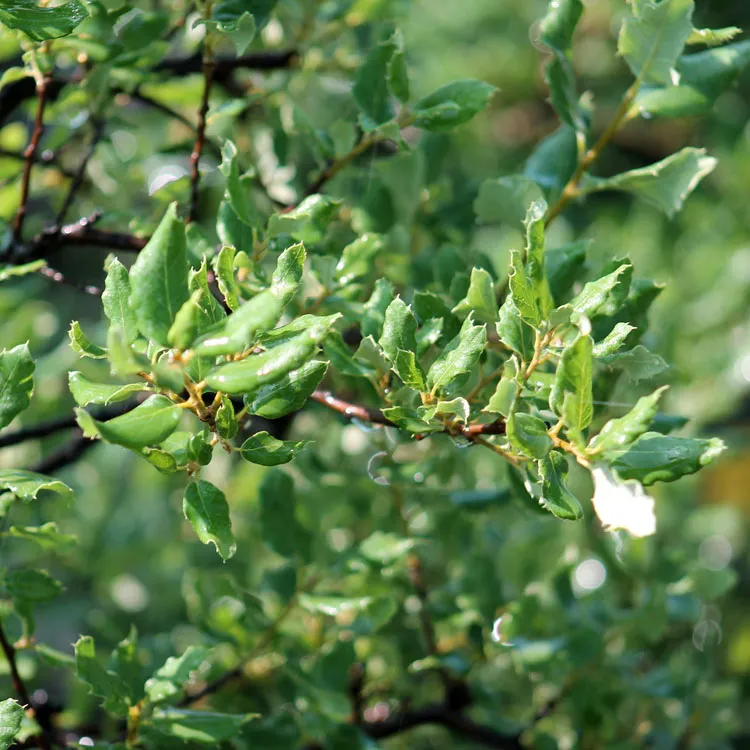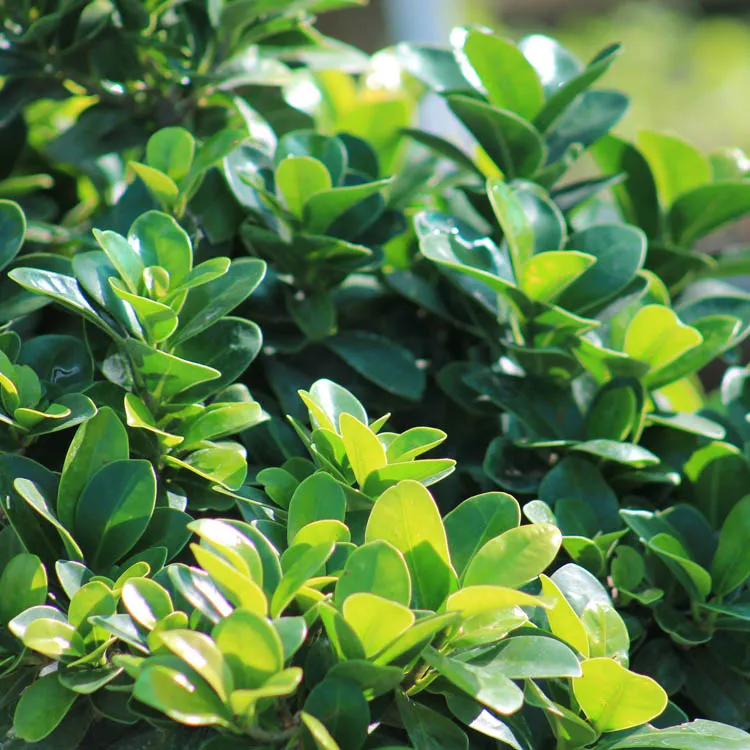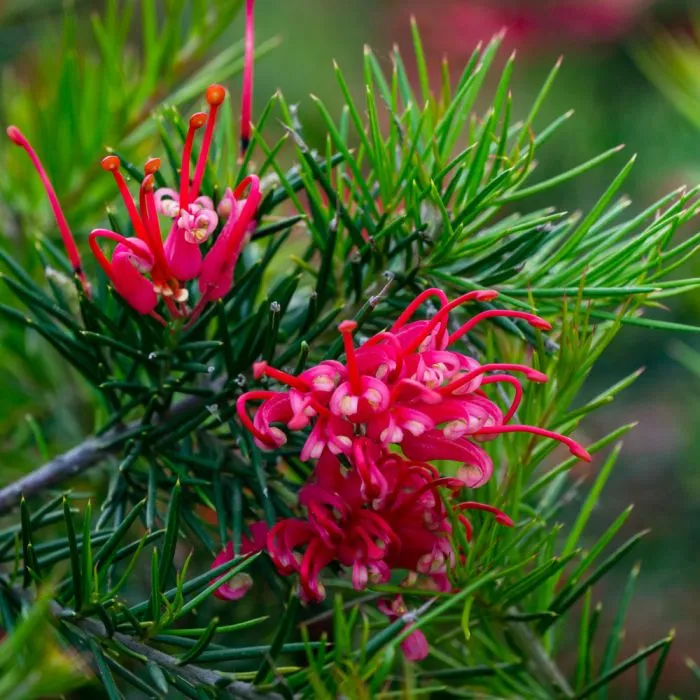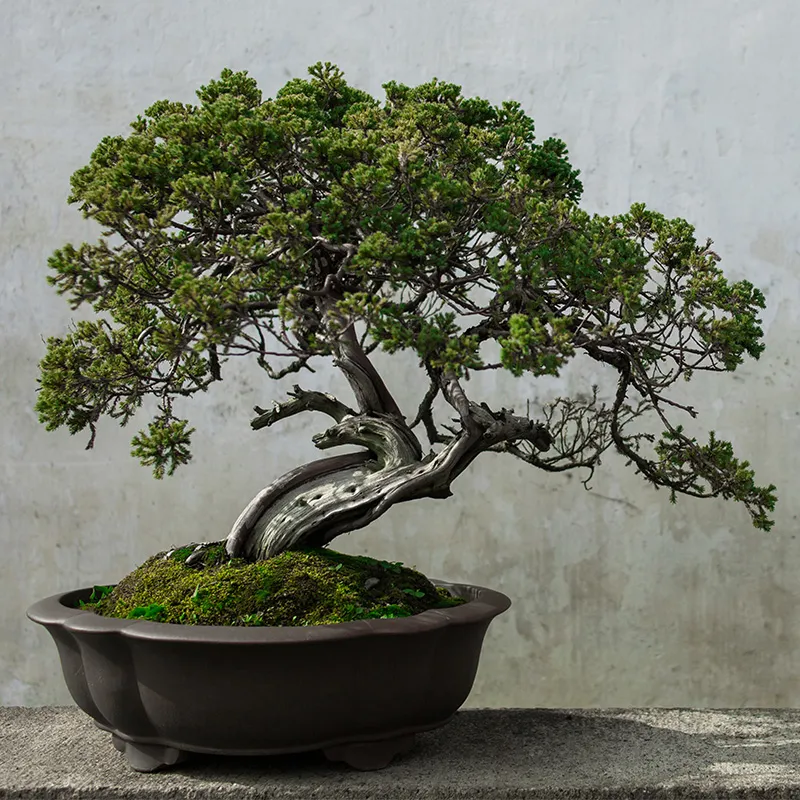A flowering bonsai always makes an impact within a collection, and yet the apple tree is often misunderstood or neglected in bonsai even though it has many assets. Simple to grow, it grows quickly, its flowering and small fruits are a real delight from spring to winter. We will see how to choose an apple tree in bonsai and how to grow it well.
The apple tree in bonsai: a show several times a year
The apple tree is often nicknamed " the poor man's azalea", even though it has nothing to envy in terms of flowering. In spring, just after the leaves have opened, the tree is covered with flowers in shades ranging from white to red to different shades of pink.
But it doesn't stop there, because then comes fruit that will remain on the bonsai for several months, until the beginning of winter.
So it's a tree that looks good all year round. In winter, it may not have the finesse of the branching of Japanese maples, but with a little patience it is possible to have it branched well.
It is therefore a bonsai that we often recommend to beginners, as it will hold a special place in the collection. And most importantly, it's very easy to grow. In fact, it is one of the simplest and forgives many of the mistakes you can make when starting out in the art of bonsai.
Which variety of apple tree to choose for a bonsai?
Garden centers are full of different cultivars that are mostly difficult to use in bonsai:
- These are grafted varieties and the grafting point is often located quite high. By keeping only the first few centimetres of the trunk, you will find the " wild variety";
- The fruits are very large, much too big for the height of the bonsai. Besides, the fruit will never reach maturity. They will deplete the bonsai and fall off quickly.
Dwarf varieties are a false good idea, as they are also cultivars whose purpose is to give you fruit, and they are also slow-growing varieties. Forming a large trunk and branching will take a long time, for a result that will not live up to your expectations.
So which strain should you choose? Opt for so-called ornamental varieties, such as:
- the 'Malus Everest', with green leaves, it is covered with white flowers in spring, then small apples in orange-yellow hues;
- The 'Malus Coccinella', which bears purple foliage and in spring and promises a festival of flowers ranging from pink to red. The berries are dark red.
The advantage of these varieties is that they are not grafted and produce small apples, which are hardly more than 2 to 3 centimeters in diameter. If you grow your apple tree properly, it will carry its apples well into winter (unless the birds passing through make it their feast).
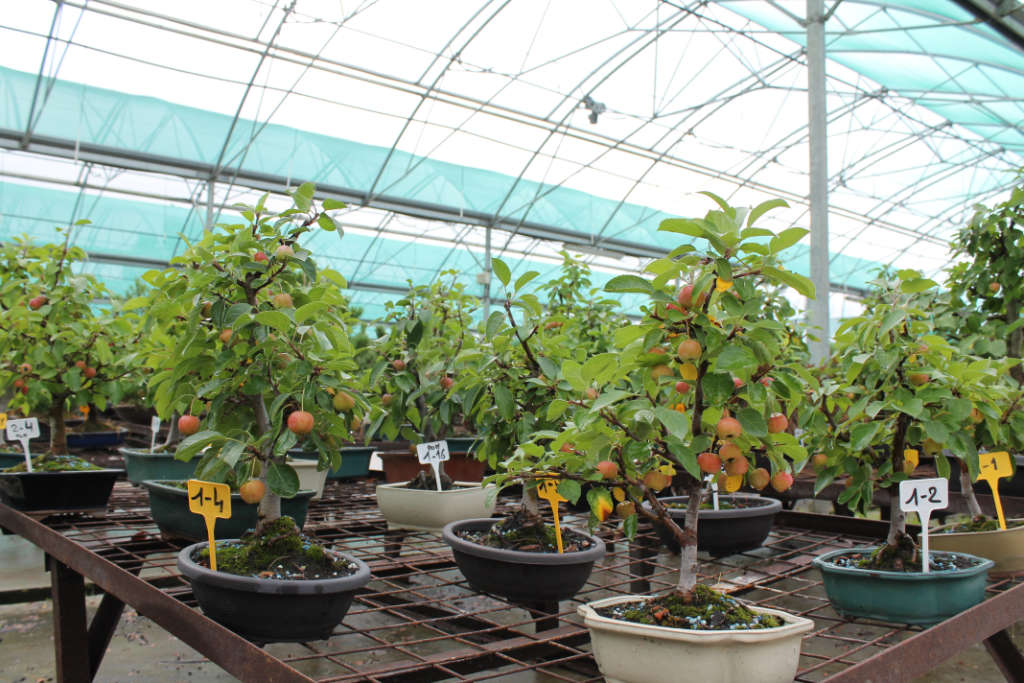
How do you grow an apple tree in bonsai?
Location
The apple tree is an outdoor bonsai, and it can stay outside all year round. It tolerates frost quite well. When temperatures get really below zero, simply protect the pot by placing it on the ground with a good mulch on top, or with bubble wrap.
It is also a tree that loves sun and light, which are essential to have a beautiful bloom and then small apples. On hot summer days, don't hesitate to put it in partial shade, protecting it from the scorching sun.
In spring, when the apple tree is in bloom, avoid getting them wet as they can fall off precipitously (and this is a general tip for all flowering bonsai). So, if you want to enjoy flowering for longer, don't hesitate to shelter the tree from the spring rain.
Watering
The apple tree needs a lot of water, and especially when it forms its fruit. Water it every day until the water drains through the drainage holes so that the entire root ball is well moistened.
When the tree runs out of water, you will see the leaves start to set; Don't wait and water copiously, or better, immerse the pot in a bucket of water in order to moisten the root ball thoroughly because a simple watering may not be enough to completely rehydrate the core of the substrate.
This need for water means that it is important to avoid growing an apple tree in a bonsai pottery that is too flat and will dry out very quickly in summer. Prefer a deeper pot that will retain more freshness and moisture.
However, avoid excess water, if you see that the top of the substrate is still wet, you can delay watering.
How do you prune a bonsai apple tree?
In winter, you can do structure pruning to remove unnecessary branches, but pruning too harshly can compromise flowering. Indeed, flowering takes place on the wood of the previous year and not on the new branches which will elongate when the vegetation starts.
To do this, you should try to distinguish between flower buds and wood buds (those that will give a new branch).
The wood buds are smaller and stuck to the twig. The flower buds are larger, and usually placed further upstream on the branch.
During the growing season, prune the twigs to the part that is starting to lignify, usually when it has produced between 5 and 7 leaves. Cut it off, leaving a pair of leaves to gradually branch out your bonsai.
The apple tree tends to produce a lot of apples. Some will be eaten by birds, but don't hesitate to eliminate some of them if there are too many. This is because the formation of these fruits tends to weaken the tree, and on an apple tree that is not in top shape, the fruits may not ripen and fall off.

Fertilization
Apple trees love fertilizer, and it is necessary to fertilize well to have a good bloom and fruits that will last until winter. To do this, choose a fertilizer rich in P and K, which you will give regularly from May to October.
Repotting
The apple tree is a fairly fast growing tree, and you will need to repot every year or 3 because the pot is quickly colonized by the roots.
Repotting is done at the end of winter, just before bud break, when you see the buds swell and turn redder.
Use a substrate that drains but has a good amount of organic matter to retain moisture and keep the soil cool. At the nursery, we use agricultural soil composed of black peat, blond peat, topsoil, horse manure, pozzolana.


 Production of French Bonsai
Production of French Bonsai


